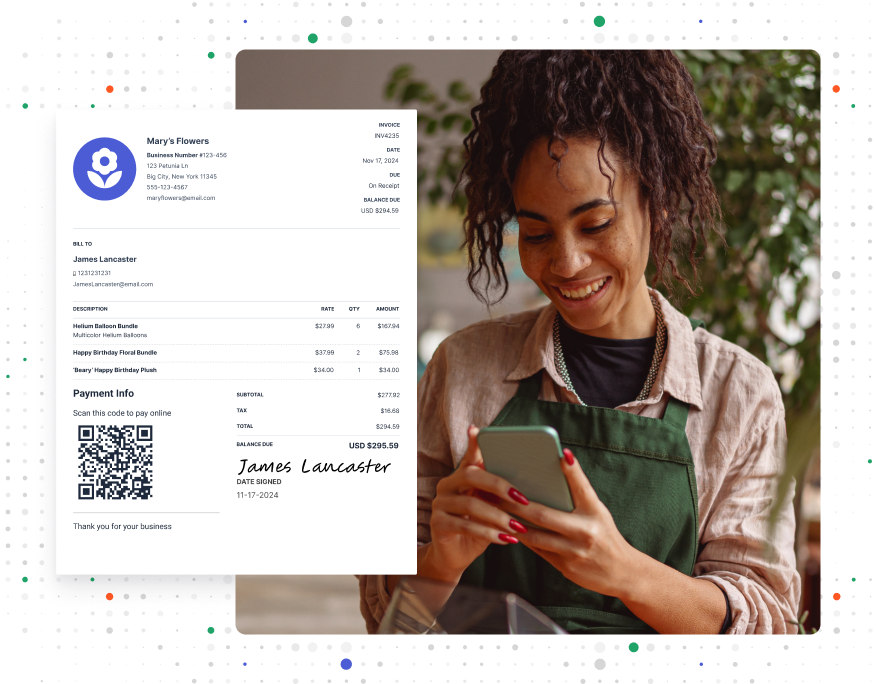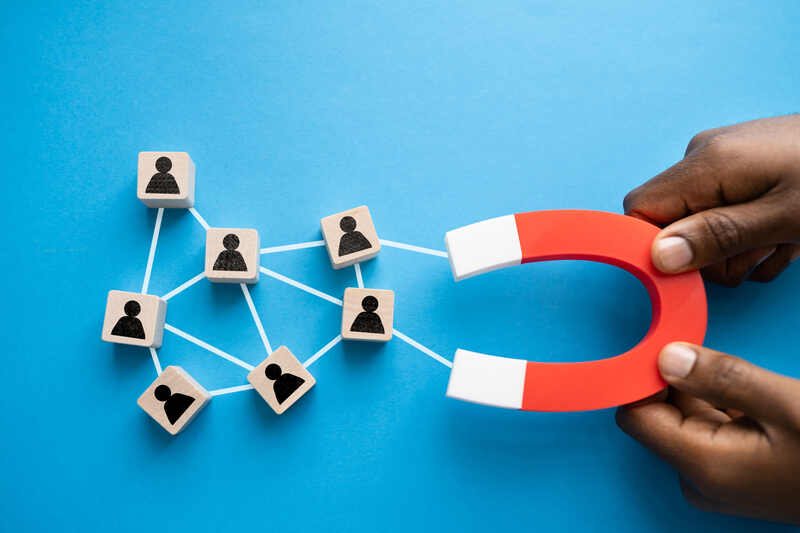What Is Customer Retention and Why It’s Crucial for Business Success

Businesses spend time, money, and energy attracting new customers. But what about keeping the ones they already have? In many ways, customer retention is more important than attracting new customers.
What is customer retention? It is the ability to keep customers returning for your services again and again.
Customer retention rates vary by industry. Professional service providers keep 84% of their customers. Construction companies keep 80%, and consumer services see 67% of customers return.
In this article, we will take a deep dive into customer retention efforts. We’ll start with a discussion on the key concepts of retaining customers. You will learn metrics for measuring retention, strategies for building loyalty, and ideas for improving customer service.
We’ll end with steps you take today to improve customer retention in the short term.
RELATED ARTICLE: What Is Customer Acquisition? Strategies and Costs
Understanding Customer Retention: Key Concepts and Definitions
Customer retention focuses on building long-term relationships with clients. The goal is to get current customers to make repeat purchases or sign up for long-term service.
Returning customers often spend more. And marketing to them is cheaper and simpler than marketing to new customers.
Before delving into customer retention, it’s important to understand a few key concepts:
- Customer lifetime value (CLV) measures how much you will earn from the average customer. You find this value by multiplying the average price by the number of purchases per period. Then, multiply this answer by the number of periods (months or years, for example).
- Customer churn is the opposite of customer retention. The churn rate measures the number of customers who leave your business. Churn can involve customers who leave because they aren’t satisfied. It also includes those who no longer need your services.
- Retention rate is the percentage of customers who give you repeat business. It is the total number of customers at the end of a period minus the same period’s new customers. You divide this figure by the number of customers at the start of the period. Finally, multiply the answer by 100 to get a percentage.
These concepts are key to measuring customer retention. Later in this article, we’ll show you how to use them.
RELATED ARTICLE: How Fast Payment Processing Impacts Customer Satisfaction and Retention
The Importance of Customer Retention for Business Growth

There are several reasons for the importance of customer retention. Here is a closer look at the benefits of prioritizing customer loyalty efforts.
- Returning customers spend more. Repeat buyers spend 67% more than first-timers.
- Marketing to returning customers is cheaper. It costs five to 10 times more to attract new customers than to sell to existing ones.
- Repeat customers give you a competitive advantage. If your customers are loyal, it can be difficult for competitors to steal your business.
Finally, there is a strong link between customer retention and business growth. Loyal customers provide steady cash flow. This financial stability leaves you space to focus on developing your business.
FROM ONE OF OUR PARTNERS: 5 Customer Retention Tactics To Try
How to Measure Customer Retention: Metrics and KPIs
We’ve mentioned the important customer retention metrics. Let’s learn how to use them as key performance indicators (KPIs). KPIs are vital for measuring the success of your retention efforts.
Here is how to use KPIs.
- Track customer retention rate. Look at the retention rate over a month or quarter. If you make improvements, you should see the retention rate rise during the next period. If it doesn’t go up, you’ll know that your new customer retention strategies aren’t working.
- Measure churn rate. Another approach is to try to lower your churn rate. You might try to correct mistakes that cause customers to leave. Remember that churn is negative, so higher churn rates are bad. You’ll know your changes work if the rate goes down.
- Calculate the RPR. In some instances, it makes more sense to measure the repeat purchase rate (RPR). This figure counts the number of customers who buy more than once. RPR includes those who may use your competitors sometimes but still consider you as well.
- Use the Net Promoter Score (NPS). The NPS gauges how likely customers are to recommend your company. It offers insights into customer satisfaction and willingness for word-of-mouth recommendations.
You can also use KPIs like CLV to calculate the revenue you can expect from your loyal customer base.
Strategies for Improving Customer Retention

Customer retention strategies can help you achieve the benefits of repeat business. There are specific strategies that can help you improve customer retention.
- Engage with customers regularly. You can send emails with offers or service reminders or engage with customers who follow you on social media. Responding to comments and occasional email touches help you stay in customers’ minds.
- Build relationships. Customers want service providers they can trust. Take time to build relationships by offering advice or building rapport with customers.
- Consider starting a loyalty program. You can give customers discounts based on how often they use your services. Loyalty programs can provide customers more value for repeatedly choosing your business.
Insights from customers are important for guiding your customer retention efforts. Customer feedback can offer insights into what is causing churn. It can also tell you what you’re doing right.
Tools like Listen360 can provide advanced insights into customer satisfaction. This can help you get a more accurate NPS.
The Role of Customer Service in Retention Success
These strategies are important. But you can’t overlook the fundamental role of customer service in customer retention. Here are four basics that can help you avoid customer dissatisfaction:
- Respond quickly to questions or concerns. This builds trust and ensures customers feel valued and respected.
- Engage in proactive communication. Bad weather, an illness, or missing parts could complicate or delay your services. Make sure customers know about these potential issues beforehand and offer them solutions.
- Maintain a well-trained staff. Ensure your team has the skills necessary to offer the services you provide.
- Streamline workflows to reduce wait times and increase transparency. For instance, detailed, accurate invoicing from Invoice Simple gets bills to customers quickly.
While transparency and accuracy are vital, speed is also important. Fast invoicing and payment processing can increase customer satisfaction.
First Steps to Improve Your Customer Retention
Perfecting invoicing and loyalty programs takes time and planning. However, there are some steps you can take right now to get started. Here are four things you can do today to start improving customer retention:
- Start personalizing communications. Use customers’ names in each email or message to help build trust and rapport.
- Post helpful tips on social media. Build trust and add value by posting social media tips related to your services or products. When doing this, do not use marketing language or make sales offers.
- Ask current customers for feedback. Inquire about what they like and don’t like about your services. Use the insights as a starting point for changes to reduce churn.
- Figure out how to address common concerns. Decide how you can communicate with customers to ease their worries upfront.
Start Your First
Invoice Today
Create customized and professional
invoices and connect with clients








